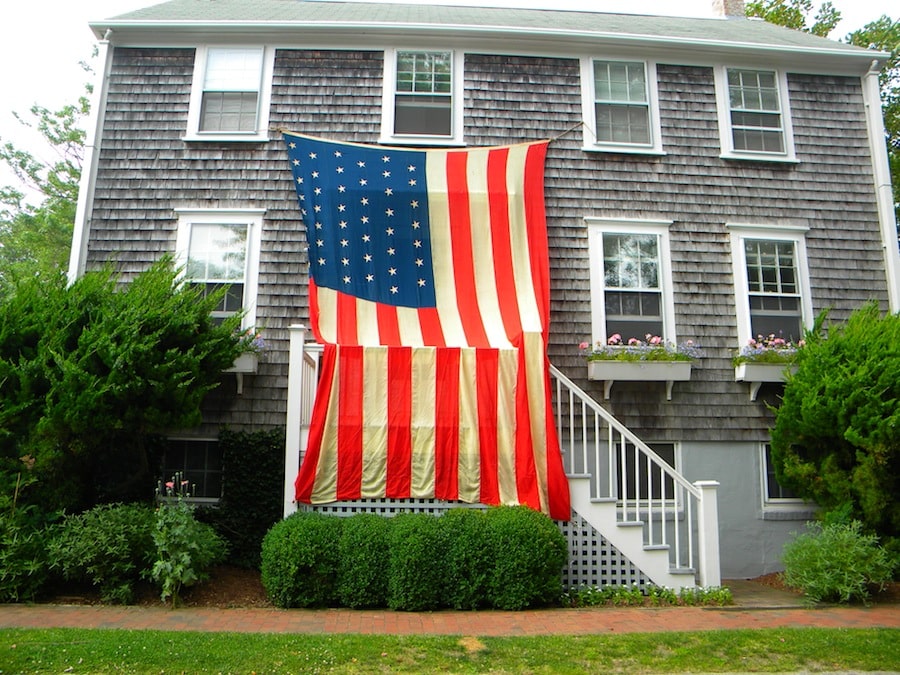• by Robert P. Barsanti •
‘‘We started grabbing tourniquets and started tying legs. A lot of people amputated. … At least 25 to 30 people have at least one leg missing, or an ankle missing, or two legs missing.’’
A volunteer said lanyards were being used by first responders as tourniquets. [Boston Globe]
I first learned how to tie a tourniquet when I was sixteen years old. I wanted to be a lifeguard that summer on Lake Quannapowitt or in one of the M.D.C. Pools, and I needed three certifications: C.P.R., Advanced Lifesaving, and First Aid. The Red Cross instructor was a tall man in a neatly ironed white shirt with his badges on his sleeve. In addition to working for the Red Cross, he taught math in a middle school and was a little league umpire.
For tourniquets, he had has fold a napkin into a long narrow strip, then wind it around our partners’ leg. I believe he also taught us how to do with a stick, so as to get as much torque on the knot as we could. He was a fussy man; he made us practice several times before we moved on. When that lesson ended, we moved on to green stick fractures and open wounds. Two weeks later, we arrived at the Y.M.C.A. Basement and spent an hour treating the make-believe and make-up wounds of a bus accident. I healed whom I could, wiped the make-up off, and accepted my First Aid card with “Will Dalrymple’s” signature neatly centered on the Instructor’s line.
I spent many summers turning brown on a lifeguard tower. I have never had to save someone’s life with a tourniquet. The information sits in the back of my mind next to box of notecards detailing how to thread a film strip projector and the cross chest carry. As of yesterday, I lived a life where that information could be forgotten. Today, I remember it.
In a week or a month, we will be told who set off the bombs at the Boston Marathon site. Inevitably, we will see them as angry crabs of humans who have spent years nursing a wound that they felt could only be cured by bombs, BB’s, and shrapnel. Any cause or cure that involves the death of children should be medicated into a coma. In that same week or month, 25 or 30 people will get wheeled out of hospitals to begin years of physical therapy. Funerals and at least one small white coffin will wind its early path to dust and tears.
In that same week or month, the medical militia will fade back into the background. The rescuers and the first responders and the cops will go back to forty-hour weeks, crocs, and donut jokes. The bystanders who stood up for a few hours and helped out will return home with a few stories and dirty laundry, but they will return to their work. The traffic will return to Boylston. First Aid classes will be scheduled.
When we think of Patriot’s Day, we think of the men who held guns. The re-enactors line up on Lexington Common and skirmish. Another group stands at the “rude bridge that arched the flood,” fires muskets, then fall in a prescribed order. As children, we wanted to be the embattled farmers standing up to tyranny. You get to carry a gun, you get to wear a funny hat, and you get to be on the winning team.
The lessons of 9-11, Sandy Hook, and the Marathon are taught to the adults; we looked to the rescuers who left their pay days, remembered their training, and ran towards the terror. Our modern minutemen come armed with gauze, tape, and splints. They don’t carry guns, they come armed with gurneys. Dawes, Prescott, and Revere still knock on the doors, and they still respond. Instead of asking, “Who do we shoot?” we now ask “Who do we help?”
As Americans, even in the fever dream of Charlton Heston and the N.R.A., we still teach our children these skills. We don’t teach our children how to make bombs, how to shoot at policemen, or how to improvise an ambush. We offer a lot more first aid instruction than firearm. No matter how much the N.R.A. may threaten, Americans want our kids to help and not to hurt: we want medical militias not military ones.
The bravest man in April, 1775 did not die at the bridge or ride into the countryside. Instead, he climbed the bell-tower in Old North Church and hung two lanterns. When Robert Newman came down that ladder, he didn’t know if there would be a patrol of soldiers waiting for him. He had to expect that he might be hanged as a traitor. He had to expect that everything and everyone that he held dear would be snatched away because he dared to help. It must have been a long climb down.
Yet, he ran to the chaos. He saved lives with his signal then sunk into the sink of history. His lanterns saved the nation as much as any gun, then he melted away.
At the marathon, on Patriot’s Day, the modern minutemen stood firm. They used bandages, belts, and hands to stop the bleeding. They opened their homes to stranded runners. They donated blood. They did whatever they could, even if it was just to send pizza. They heard the knock at the door, and they mustered.
I am not so confident in our future that I think the armed minutemen need to be retired with the film strip projectors and the flintlock. Yet, in our age of terrorism, we have become a nation of lifeguards. When tragedy hits, Americans have learned to open their doors instead of closing them. We rush forward with hands and hearts and wallets and make tourniquets out of lanyards.



